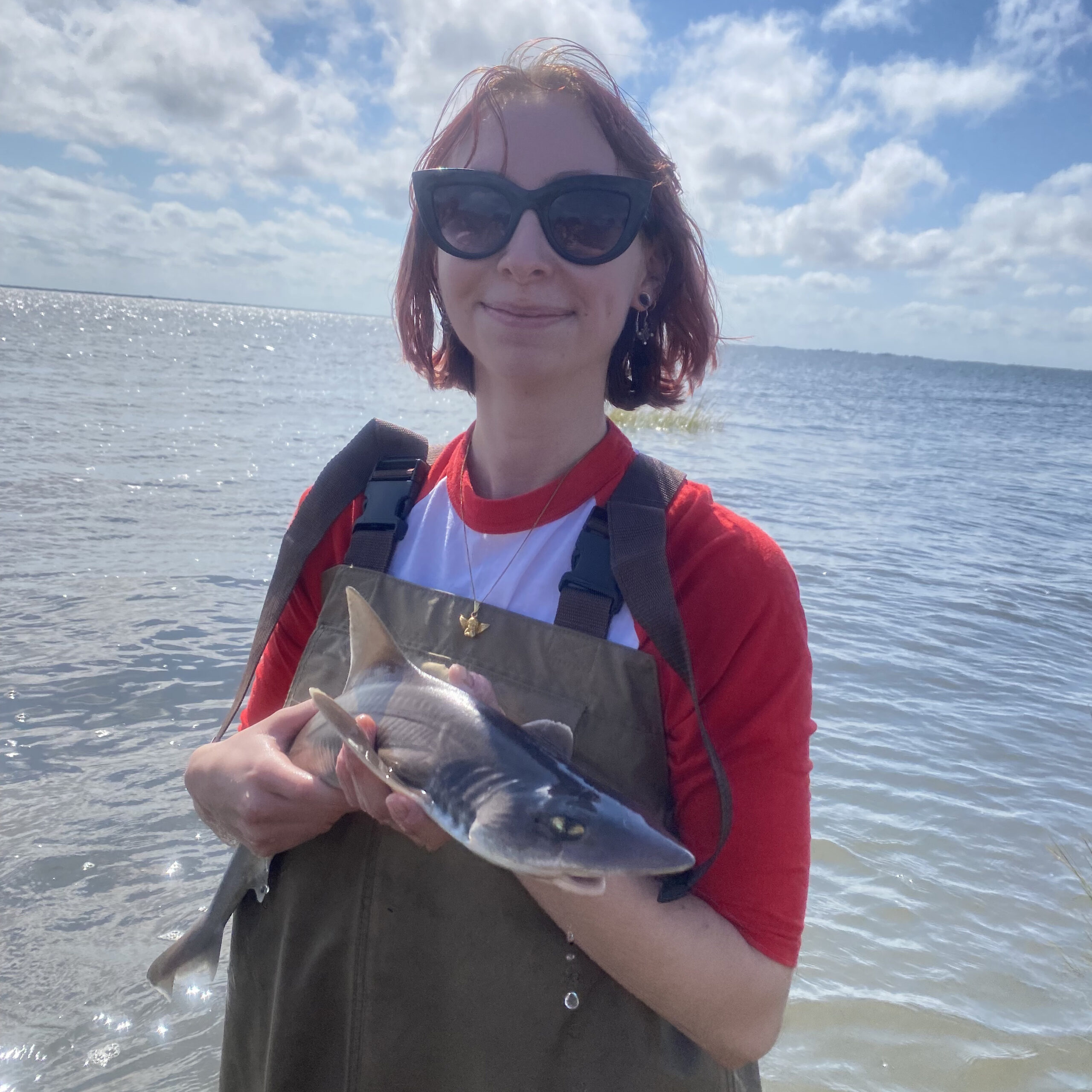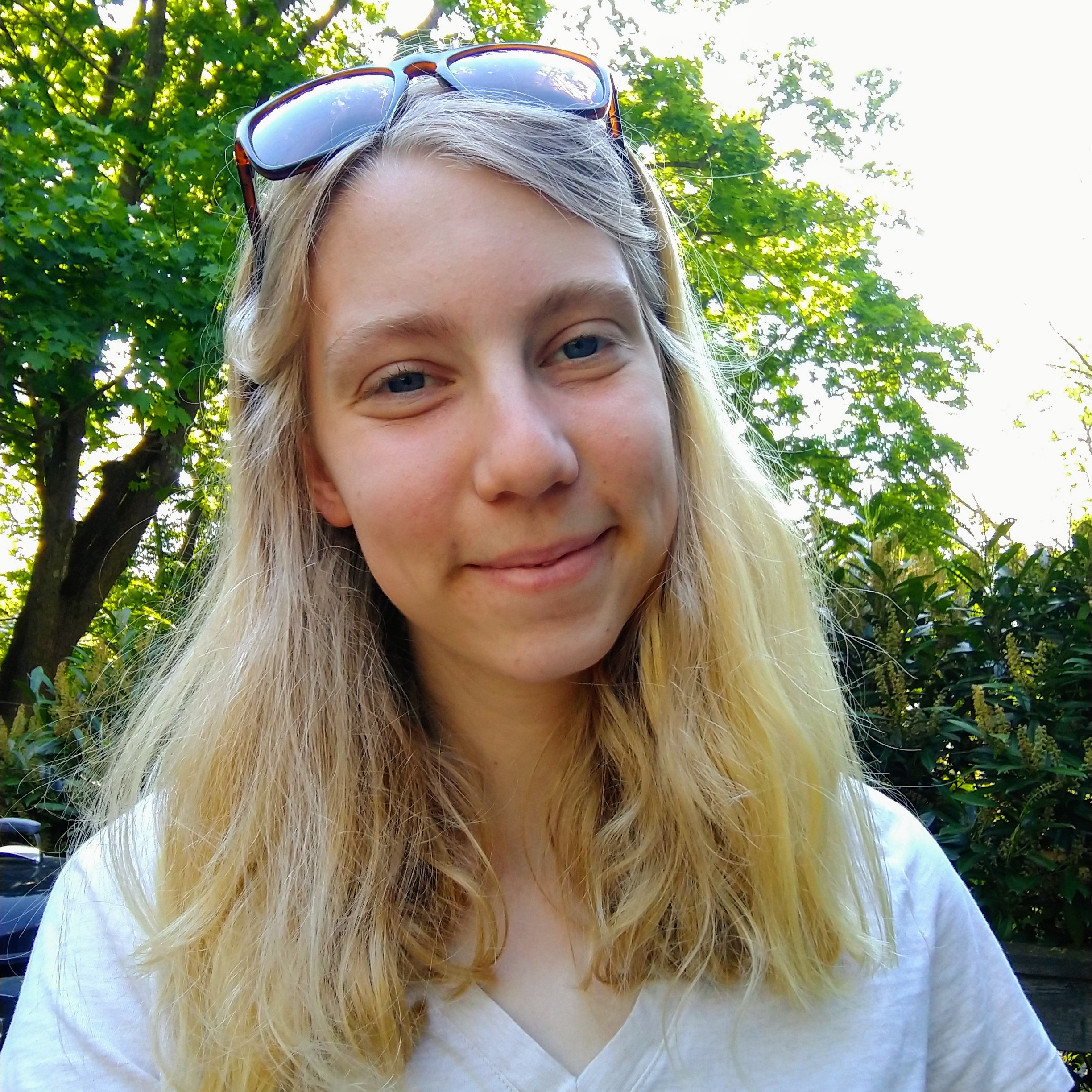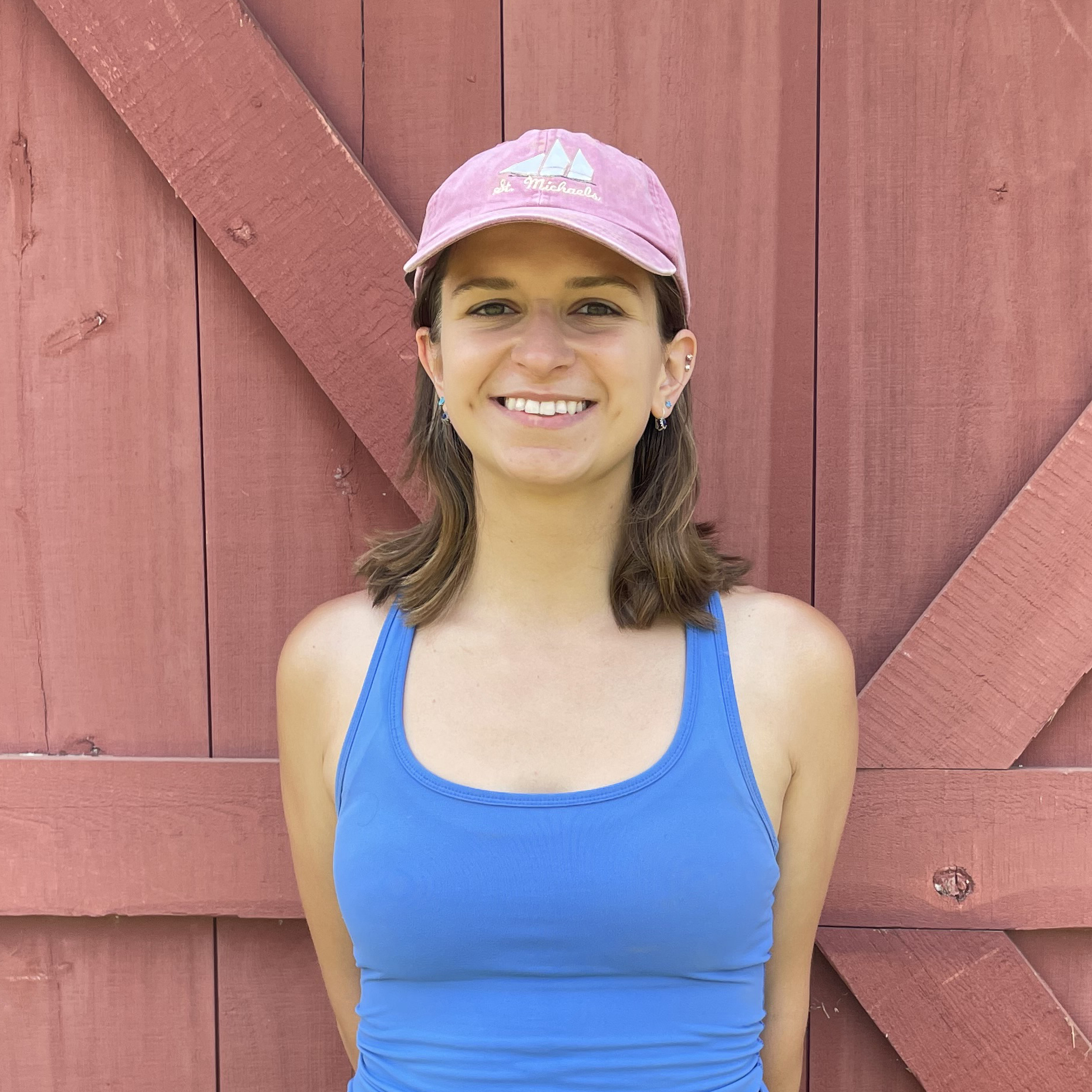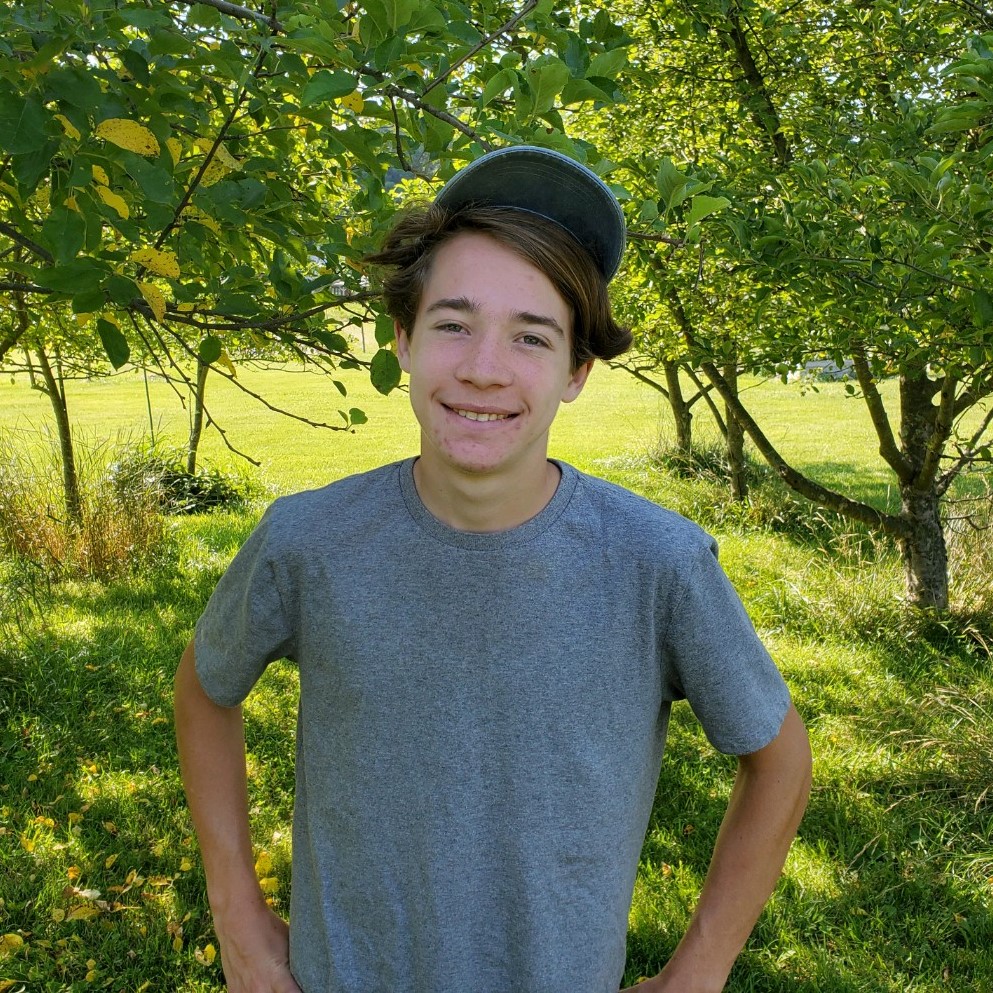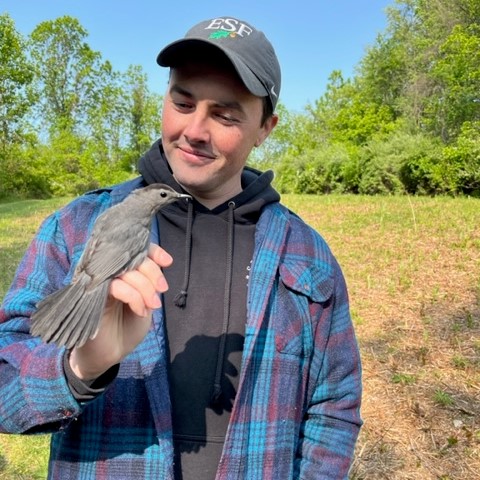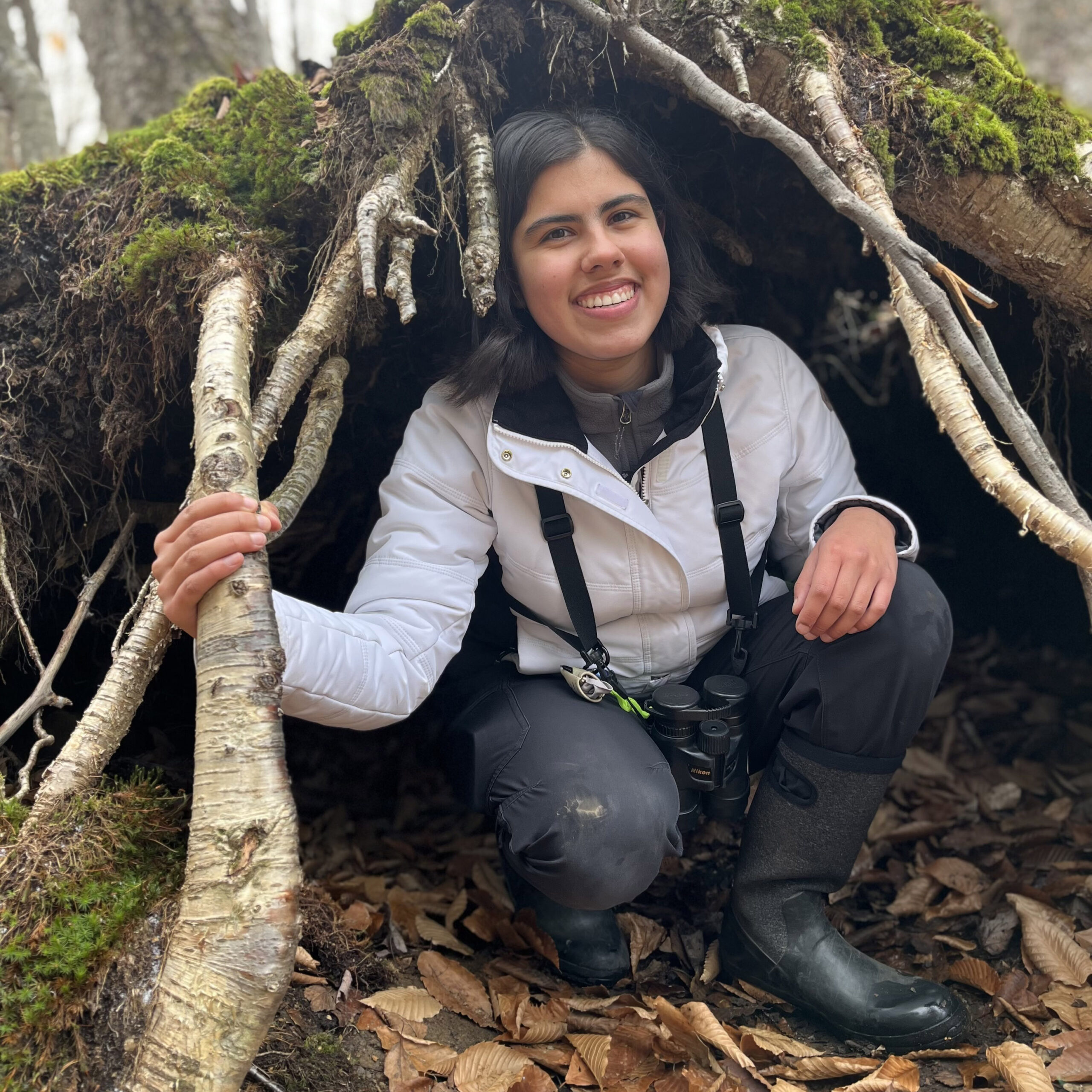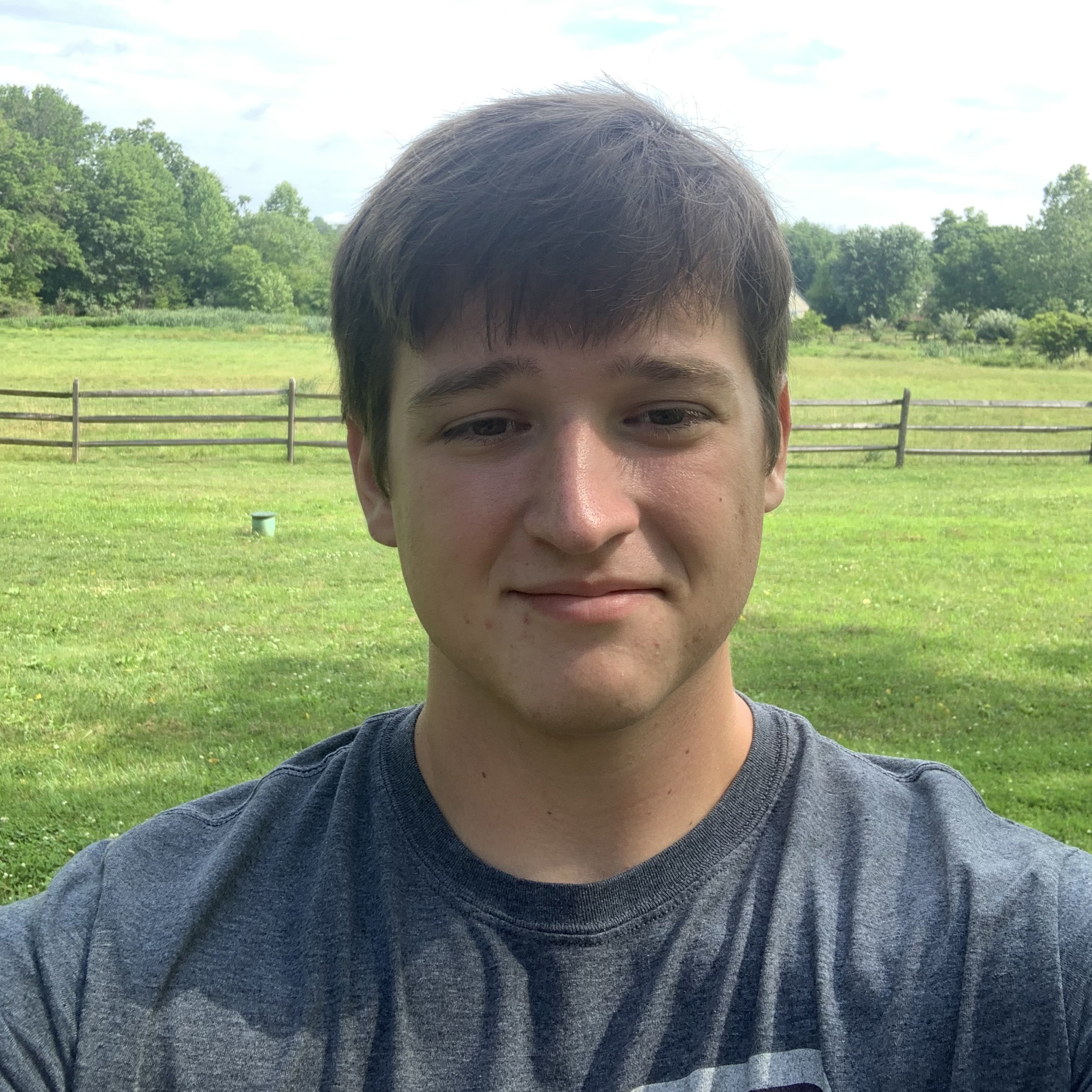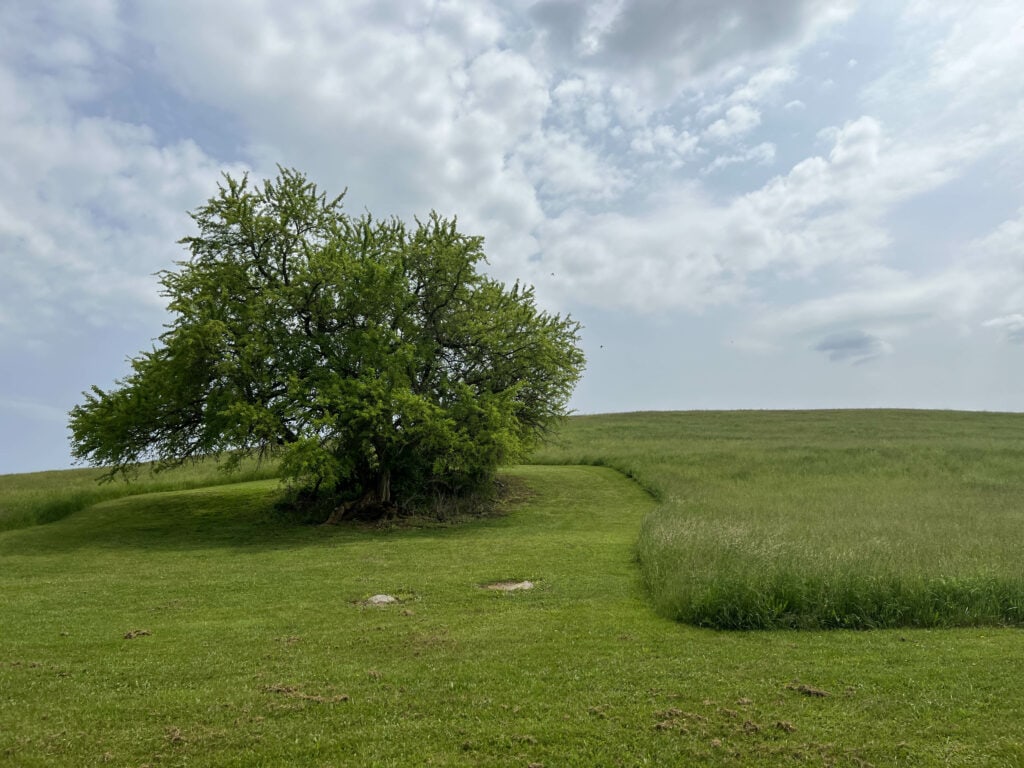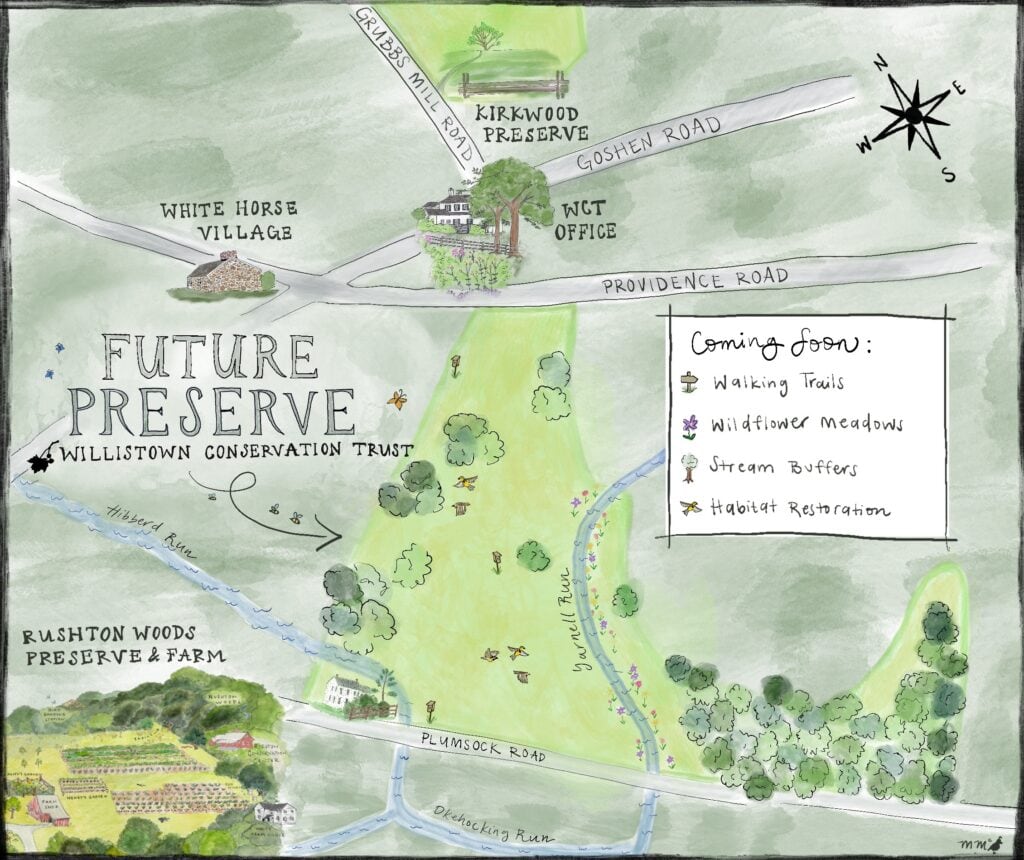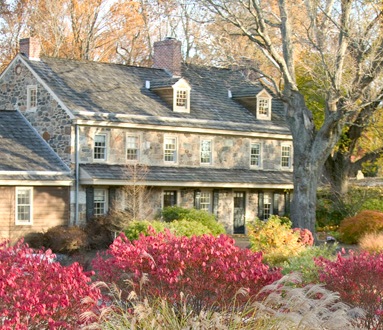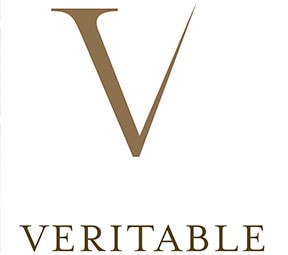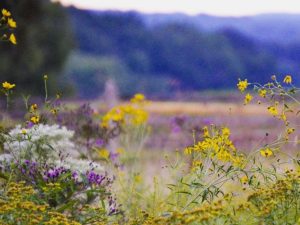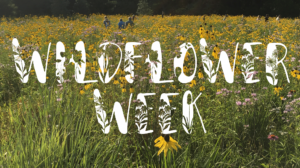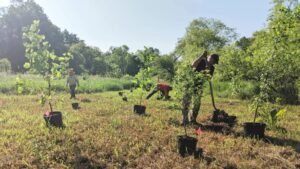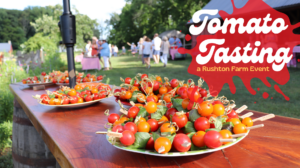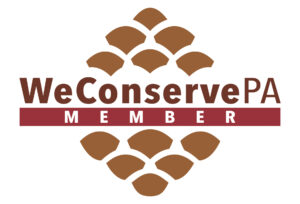
Andrew Wraith (He/Him) | Conservation Associate
Andrew is a current graduate student in Environmental Studies at the University of Pennsylvania, but prior to that, he worked with kids in the outdoors at Germantown Friends School. He also worked as a hiking guide in the Santa Monica Mountains. Andrew loves being outside every day, rain or shine. As he says, “I love digging my hands in the earth. I love working with people who care about doing right by the people, plants, fungi, and animals who keep our communities vibrant and strong!”

Kyle Bloom (He/Him) | Rushton Farm Intern
Kyles passion for nature began in 2015 when he travelled to New Zealand for service work in National Parks. After his travels he studied film production and Art History at Drexel graduating in 2023. Since then he has been involved at various non profits combining his love for nature and photography. You can find Kyle at an ice hockey rink coaching of skating for fun. He also enjoys hiking, playing piano or making films.

Melissa Santangelo (She/Her) | Conservation Associate
Melissa is currently working towards a certificate in Ecological Gardening at the Mt. Cuba Center. She previously worked at Tyler Arboretum. Melissa sees gardening and farming as a creative (as well as a utilitarian) endeavor. Melissa loves theater, music, art and working with her hands. She sells her crafts and jewelry online.

CJ Chen (They/Them) | Watershed Protection Program Intern
CJ is a high school senior at Strath Haven working on an independent study at WCT to create a stream quality assessment for their local park. They started an Aquatic Biology club at school and is an amateur aquarium hobbyist. CJ will be attending Haverford College for Environmental Studies to continue to grow their passion for water and the environment.

Rhys Hals (She/Her) | Watershed Protection Program Intern
Rhys Hals is a student at Oberlin College majoring in environmental studies. She began working at Willistown last summer as a farm intern, and is excited to join the Watershed Team! When not enjoying her time in nature, she can be found listening to music, spending quality time with her friends, and bowling.

Ryan Ferguson (He/His) | Watershed Protection Program, Drexel Co-op
Ryan Ferguson is a West Chester, PA native. He is currently a 3rd-year environmental science major at Drexel with a minor in climate change. This will be his second co-op at Drexel; his first was with PECOs Environmental Services Department. He enjoys being outside and staying active, specifically running and playing soccer.

Calvin Keeys (He/Him) | Watershed Protection Program, Drexel Co-op
Calvin Keeys is from Delaware County, PA. He is an Environmental Science major with an Ecology and Evolution concentration and Graphic Design minor. He wants to be a wildlife biologist with a focus in ecology and conservation. Calvin wants to make his career field more inclusive through helping to create and manage programs that provide resources and support for professionals from underrepresented communities. Outside of academics, he enjoys drawing, playing video games, working out, bike riding, playing sports and learning about animation.

Dan Price (He/His) | Watershed Protection Program, Drexel Co-op
Daniel Price, is a fourth-year student studying environmental science at Drexel University. He has had two prior co-ops working as a researcher and field technician at Philadelphia Water Department and Criterion Labs, a consulting company. He is from Philadelphia and enjoys doing work that can help the local environment. He is passionate about working outside with his hands and promoting a healthier planet.
